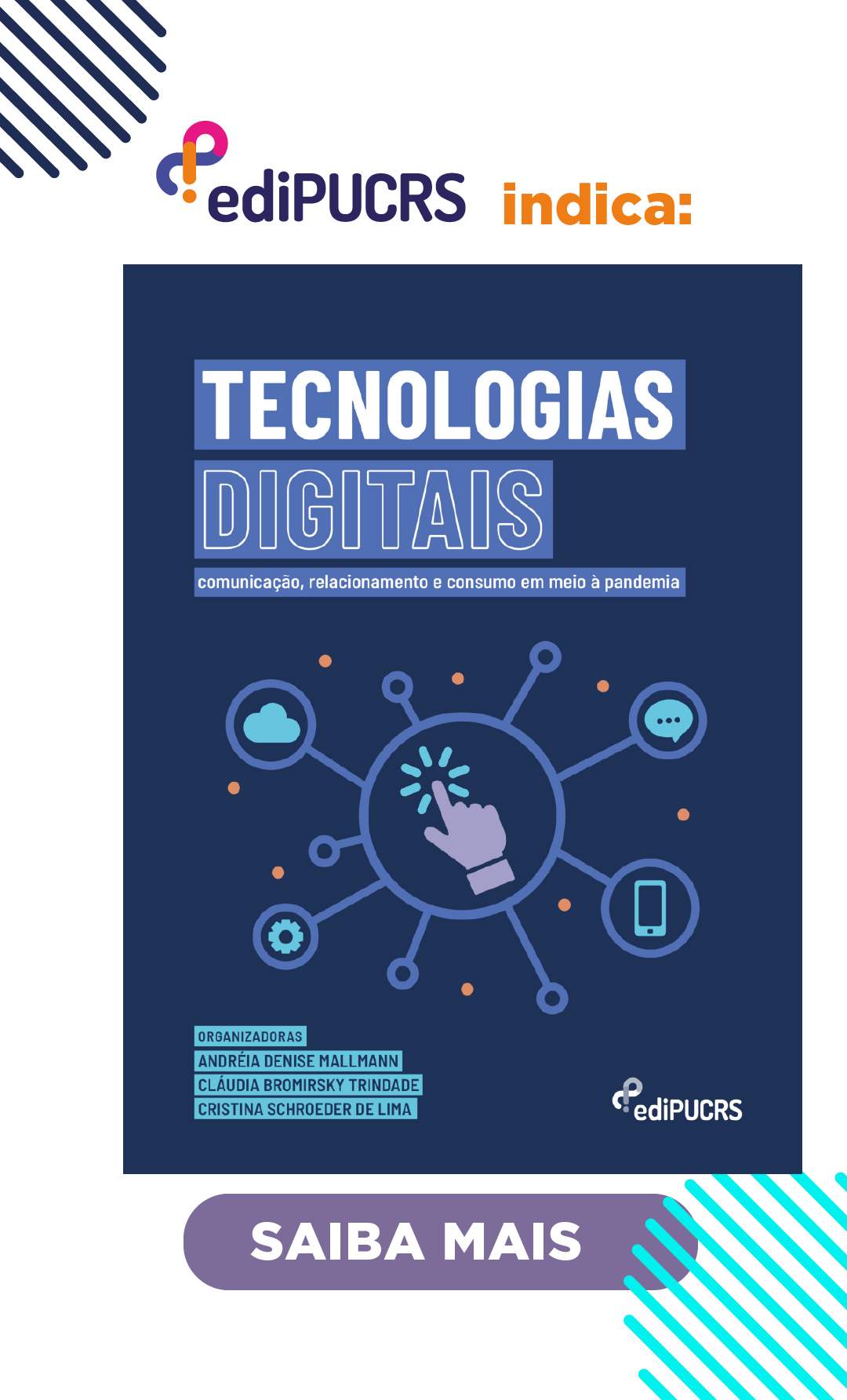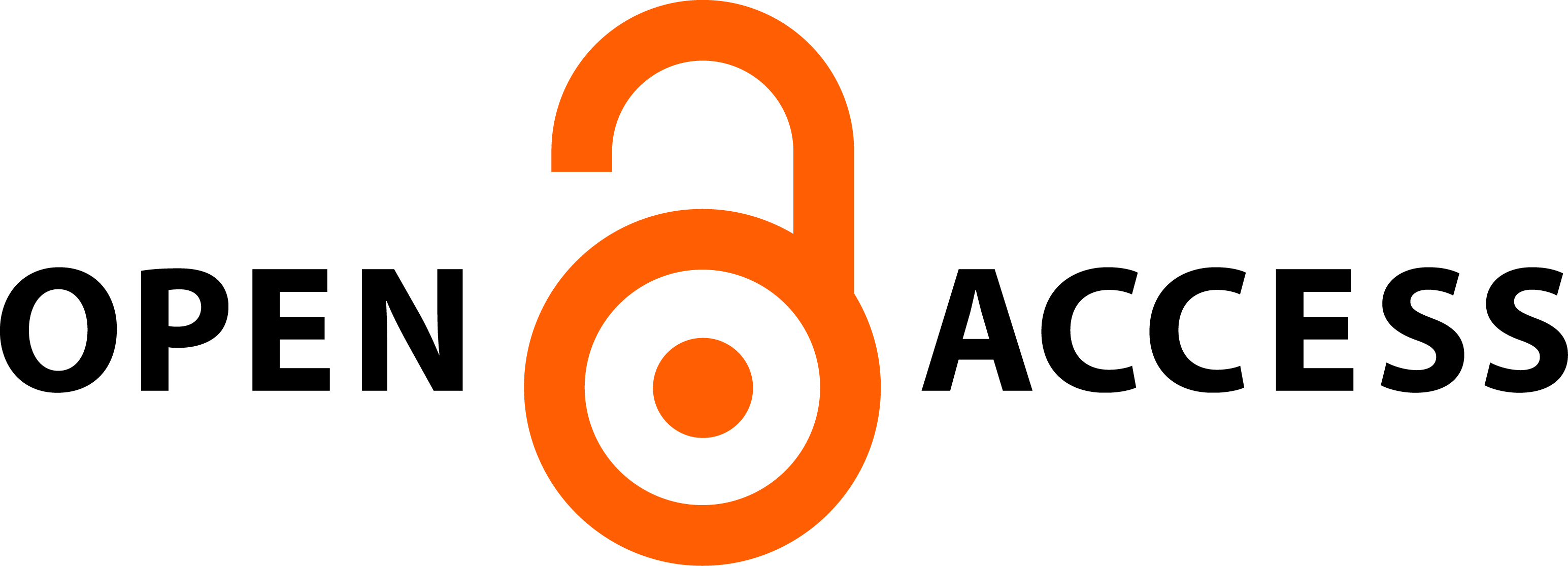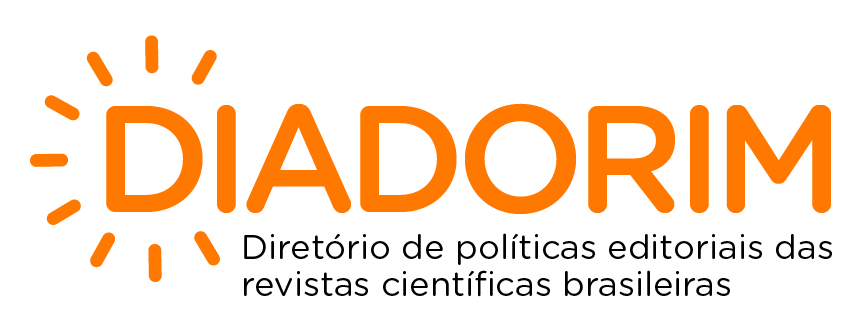The scans and their subcultural and collaborative environment
DOI:
https://doi.org/10.15448/1980-3729.2017.1.24841Keywords:
Scans, Collaborative Cultura, New MediaAbstract
The scans are the expression of a subculturalcollaborative practice of illegal scanning that deals with the fandom of Comics. This article will examine this practice and its users/members through data obtained between 2012 and 2014 in communities dedicated to scans and the analysis of the information collected seeking to explain how the production routines and distribution of scans works - how it is expressed through blogs, communities and forums dedicated to this practice. Through these data we suggest that the scan emerges as media-collaborative artifact and subcultural practice: a unforeseen expansion of a cultural artifact and instance that merges participation and collaboration as part of involvement and belonging.Downloads
References
BAYM, Nancy K. Personal Connections in the Digital Age. EPub Version. Cambridge: Polity Press, 2010.
BENKLER, Yochai. The Wealth of Networks - How Social Production Transforms markets and freedom. London: Yale University Press, 2006.
BOOTH, Paul. Digital Fandom: New Media Studies. New York: Peter Lang, 2010.
DE CERTEAU, Michel. The Practice of Everyday Life. California: University Of California Press, 1988.
DUFFETT, Mark. Understanding Fandom: An Introduction to the Study of Media Fan Culture. EPub Version. New York: Bloomsbury, 2013.
FISKE, John. The Cultural Economy of Fandom. In: LEWIS, Lisa A. (Org.). The adoring audience: fan culture and popular media. Londres: Routledge, p. 30–49, 1992.
HEBDIGE, Dick. Subculture - The Meaning of Style. Londres: Routledge, 1979.
HIRATA, Tatiane; GUSHIKEN, Yugi. Scanlation: Reprodução e consumo subalterno de mangá na cibercultura. Líbero, v. 15, n. 30, p. 127–138, 2012. Disponível em: http://goo.gl/G4CV2e
Acesso em: 12 Jan. 2014.
INSIDE SCANLATION. Rise of the Release Trackers. EUA, 2010. Disponível em: http://goo.gl/UkgtGh
Acesso em: 31 ago. 2014.
JENKINS, Henry. Textual Poachers:Television Fans and Participatory Culture. New York: Routledge, 1992.
______________; FORD, Sam; GREEN, Joshua. Spreadable media: creating value and meaning in a networked culture. EPub Version. New York: New York University, 2013.
LEMOS, André. Cibercultura: Tecnologia e Vida Social na Cultura Contemporânea. Porto Alegre: Sulina, 2010.
LÖWGREN, Jonas; REIMER, Bo. Collaborative Media: Production, Consumption and Design Interventions. EPub Version. Massachusetts: MIT Press, 2013.
MANOVICH, Lev. The Language of New Media. Massachusetts: The Mit Press, 2001.
MCLUHAN, Marshall. Os Meios de Comunicação como Extensões do Homem. São Paulo: Cultrix, 2001.
LIPOVETSKY, Gilles; SERROY, Jean. A Cultura-Mundo: Resposta a uma Sociedade Desorientada. Lisboa: Edições 70, 2010.
SCOLARI, Carlos. Hipermediaciones: Elementos para una Teoría de la Comunicación Digital Interactiva. Barcelona: Gedisa Editorial, 2008.
SILVA, Alexandre Honorio da. Scans e o entorno hipertecnológico e midiático-colaborativo de um artefato cultural expandido. 2015. 193 f. Tese (Doutorado em Comunicação) – Programa de Pós-Graduação em Comunicação, Universidade de Pernambuco, Recife, 2015.
WERSHLER, Darren; SINERVO, Kalervo; & TIEN, Shannon. A Network Archaeology of Unauthorized Comic Book Scans. AModern, 2013. Disponível em: http://goo.gl/1o5Mu3
Acesso em: 22 dez. 2013.
WOLK, Douglas. The iPad Could Revolutionize the Comic Book Biz - or Destroy It. Wired.com. New York, Jul. 2011. Disponível em: http://goo.gl/Rru742
Acesso em: 16 jul. 2011.
Downloads
Published
How to Cite
Issue
Section
License
Derechos de Autor
La sumisión de originales para la Revista Famecos implica la transferencia, por los autores, de los derechos de publicación. El copyright de los artículos de esta revista es el autor, junto con los derechos de la revista a la primera publicación. Los autores sólo podrán utilizar los mismos resultados en otras publicaciones indicando claramente a Revista Famecos como el medio de la publicación original.
Creative Commons License
Excepto donde especificado de modo diferente, se aplican a la materia publicada en este periódico los términos de una licencia Creative Commons Atribución 4.0 Internacional, que permite el uso irrestricto, la distribución y la reproducción en cualquier medio siempre y cuando la publicación original sea correctamente citada.






